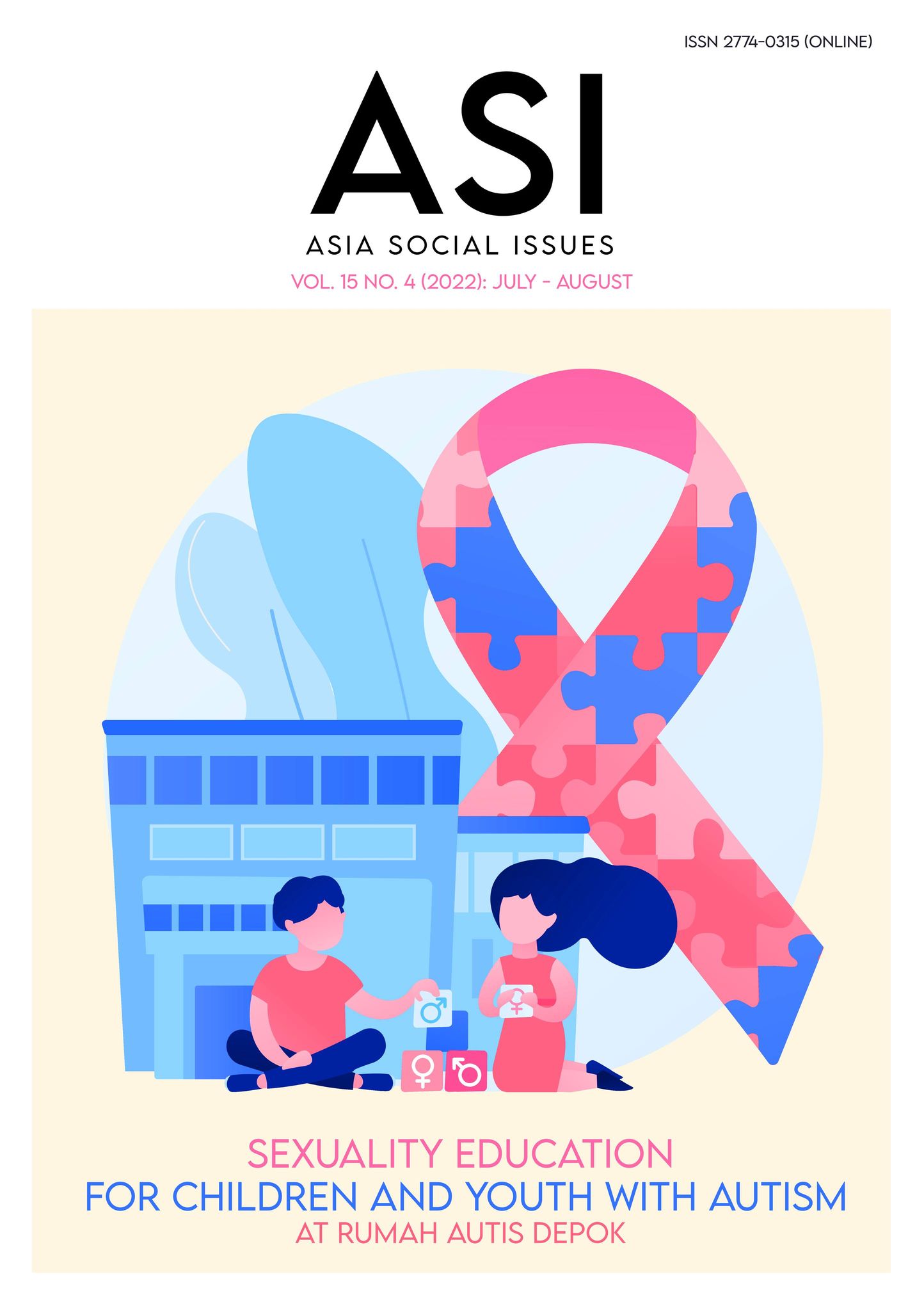The Structural Equation Modeling of OTOP Entrepreneur Improvement to Build Sustainable Competitive Opportunity in The Market
Main Article Content
Abstract
The objectives of this study were to analyze and develop a structural equation modeling of OTOP entrepreneur improvement to build sustainable competitive opportunity in the market. A quantitative research methodology was used in this study, the sample consisted of 286 OTOP entrepreneurs of Tak Bai District, Narathiwat Province. Questionnaires were used to collect data, which were analyzed using frequency, percentage, arithmetic mean, standard deviation, and Structural Equation Modeling (SEM). The results of the research can be summarized as follows: 1) the guideline of OTOP entrepreneur improvement in Phraiwan Subdistrict, Tak Bai District, Narathiwat Province, the overall mean is at a high level. The aspect with the highest average was building the competitive advantages, followed by product development, the lowest average was business network; 2) the structural equation modeling of OTOP entrepreneur improvement to build sustainable competitive opportunity in the market; the factors that affect the OTOP entrepreneur development to build competitive opportunity, entrepreneurial potential development, competitiveness enhancement, which had a direct causal effect on the guideline of OTOP entrepreneur improvement.
Article Details

This work is licensed under a Creative Commons Attribution-NonCommercial-NoDerivatives 4.0 International License.
Copyright: CC BY-NC-ND 4.0
References
Anthachai, S. (2017). Marketing management. Bangkok, Thailand: O.S. Printing House.
Armstrong, G., & Kotler, P. (2009). Principles of marketing (9th eds.). New Jersey: Prentice-Hall.
Community Business Promotion Division. (2017). Community products. Bangkok, Thailand: Community Business Promotion Division.
Department of Community Development. (2018). Report on department of community performance, fiscal year 2018. Bangkok, Thailand: Department of Community Development.
Dessler, G. (2000). Human resource management (8th eds.). New Jersey: Prentice-Hall.
Grodgangunt, S. (2020). Guidelines for upgrading community enterprises into small businesses in developing competitive opportunities. Bangkok, Thailand: King Mongkut’s University of Technology North Bangkok.
Hirunsomboon, K. (2013). Service management. Bangkok, Thailand: Kor Hirundomboon.
Jian, C. G. (2006). A study of the relationship between competitiveness and technological innovation capability based on DEA models. European Journal of Operational Research, 170(3), 971-986.
Jitraktham, N. (2012). Product and price policies (2nd eds.). Songkhla, Thailand: Songkhla Rajabhat University.
Khunthongjan, S. (2010). The relationship between corporate governance characteristics and competitive potentialities of small and medium-sized enterprises in the Northeast of Thailand. Journal of Science and Technology, Ubon Ratchathani University, 10(2), 7-18.
Komcharoen, P. (2013). Integrated marketing communication. Nakhon Ratchasima, Thailand: Nakhonratchasima Rajabhat University.
Leong, G. K., & Ward, P. T. (1990). Research in the process and content manufacturing strategy. Management Science, 18(2), 109-122,
Michaels, E. T., & Gow, H. R. (2008). Market orientation, innovation and entrepreneurship: An empirical exammination of Illinois beff industry, internation. New York: Management Review.
Naweekarn, S. (2009). Strategic management (3rd eds.). Bangkok, Thailand: Bannakij.
Naweekarn, S. (2009). Strategic management (3rd eds.). Bangkok, Thailand: Bannakij.
Phongphaw, S. (2016). The model of competitiveness OTOP SMEs entrepreneurs in Thailand. Veridian E-Journal, Silpakorn University, 9(3), 159.
Polwiang, P. (2016). Potential and results in the implementation of the development of the administrative system of childcare homes under the Department of Public Welfare. Bangkok, Thailand: Graduate School of Social Development, National Institute of Development Administration.
Ratanasuwongchai, N. (2011). Cultural tourism development strategies. Humanities Journal, 18(1), 31-50.
Seantong, N. (2014). Ma Ru Jak COMPETENCY Kan Ter. Bangkok, Thailand: H R Center.
Sukato, N. (2012). Marketing for export (4th eds.). Bangkok, Thailand: Dhurakij Pundit University Press.
Suriya, P. (2014). Marketing, Theory and Practice. Bangkok, Thailand: SE-EDUCATION.
Theeravanich, A. (2010). Modern management. Bangkok, Thailand: Management Program, Faculty of Business Administration, Kasetsart University.
Tukker, A. (2015). Product services for a resource-efficient and circular economy: A review. Journal of Cleaner Production, 9(7), 76-91.
Untachai, S. (2013). Marketing management. Bangkok, Thailand: O.S. Printing House.
Ussahawanitchakit, P. (2014). Strategic management accounting. Bangkok, Thailand: Infomining.
Wisetmongkol, C. (2010). Entrepreneurs in the creative economy. Bangkok, Thailand: Office of Small and Medium Enterprise Promotion.


